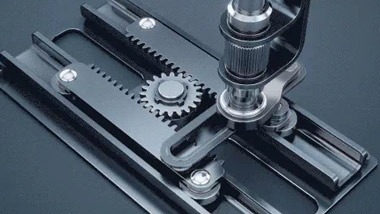Communication Plastic Metal Parts
In the communication industry, plastic metal parts play a crucial role. These components are often produced using injection molding techniques. This process involves heating and melting plastic particles, which are then injected into a mold to create the desired shapes.
Communication injection molds are typically made from high-quality steel or aluminum. These materials ensure that the molds can produce precise and durable parts. Whether it's small connectors, adapters, larger cable components, antennas, or electronic enclosures, these molds can handle it all with ease.
The journey of creating a communication injection mold starts with computer-aided design (CAD) software. Manufacturers use this software to design 3D models of the communication components they want to produce. Once the design is complete, the mold is fabricated through CNC machining and other advanced techniques.
One major benefit of using communication injection molds is their ability to mass-produce plastic parts quickly and efficiently. Injection molding machines can churn out thousands of parts per hour, making them perfect for high-volume production. This is especially important in the fast-paced communication industry where new products are constantly being introduced and existing ones updated.
Another advantage is the high quality and precision of the components produced. In the communication industry, parts must meet strict performance and security standards. Injection molding ensures consistent size, shape, and quality, guaranteeing stable performance over time.
While the initial investment for communication injection molds can be significant, the long-term benefits far outweigh the costs. Compared to traditional manufacturing methods, injection molding allows for faster production and lower costs, enabling manufacturers to produce high-quality components more affordably.
In summary, communication injection molds are essential tools in the communication industry. Their ability to efficiently produce high-quality plastic metal parts has revolutionized the manufacturing process, making it more accessible and affordable for consumers. As the communication industry continues to grow, these molds will remain vital for manufacturers aiming to stay competitive in the market.
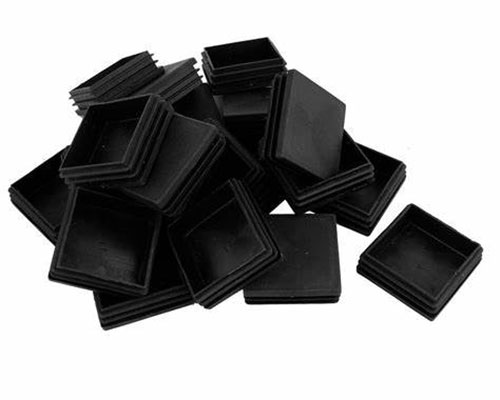
Communication Parts
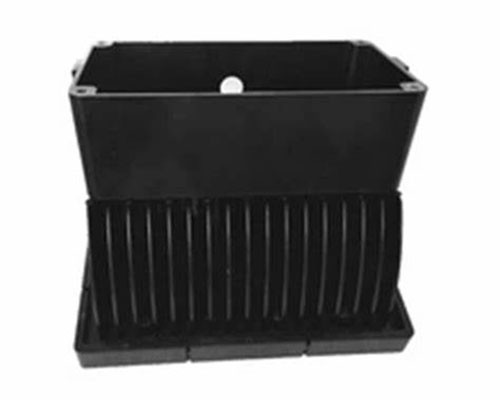
Communication Parts
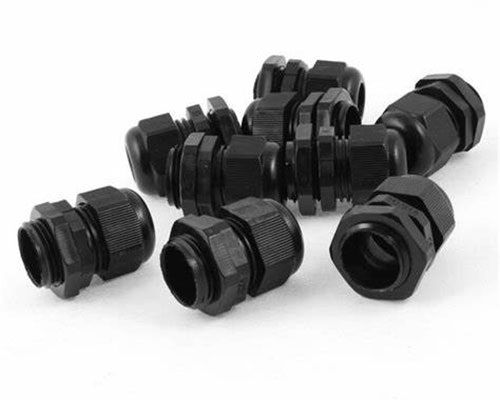
Communication Products
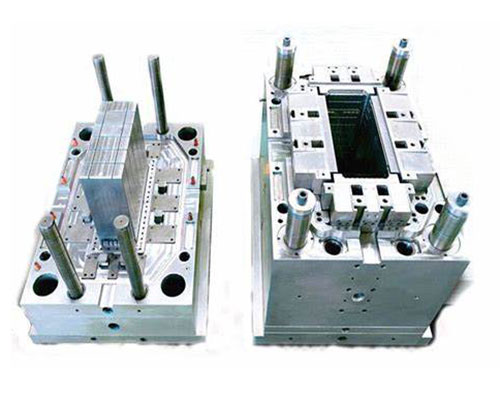
Communication Parts Mould
Communication Plastic Metal Parts Making Service
Be good at product structure optimization and greatly reduce the cost of Plastic Metal Parts custom solutions

Appearance and structural design
Part Design
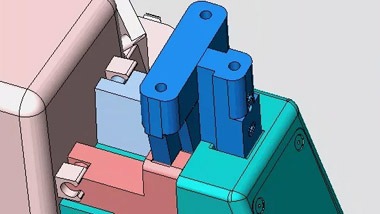
Mold Making
Design, DFM confirmation

Product Assembly
Incoming materials, inspection and assembly
Plastic Metal Parts are used in the Communication industry
Plastic metal parts are super important in the communication world. They help make all sorts of things we use every day, like smartphones, laptops, routers, and modems. Here's how they do it: First, plastic bits are melted down and then shot into a mold under lots of pressure. Once it cools and hardens, the mold opens up, and out pops the finished part.
Here's why using plastic metal parts is great for the communication industry:
- Top Quality Parts: These parts are made really fast and are always the same, which is perfect for making lots of them quickly—something you need when new tech comes out all the time.
- Always Consistent: Small changes can mess up how things work, so these parts are made to be really accurate every time.
- Cool Shapes: You can make them look any way you want. This is important because our gadgets need to be both useful and look good.
- Versatile: You can change how hard or flexible they are, depending on what you need. That means they can be used in everything from tough outdoor gear to delicate electronics.
Where do we see these plastic metal parts?
- Connectors and Adapters: Make sure your data and power move smoothly.
- Housings: Keep the insides safe while looking sleek on the outside.
- Device Casings: Protect the device and make it look good too.
But there are some challenges:
- Expensive Start: Making these molds, especially for fancy designs, can cost a lot. It also takes a while before they're ready to use.
- Bad for the Planet: The process creates waste that's hard to deal with and not great for the environment.
Looking ahead, injection molding will keep being key in the communication industry. As tech gets better, we'll see improvements in how molds are made, better use of materials, and better recycling methods. New stuff like 3D printing and better materials could make manufacturing even cooler, more precise, and greener.
In short, plastic metal parts are vital for making the high-quality components that modern communication devices rely on. As the industry keeps growing, this technology will stay crucial for pushing innovation and shaping the future of how we communicate.
FAQ About Communication Plastic Metal Parts
What are Communication Plastic Metal Parts?
Communication plastic metal parts are components made from both plastic and metal materials, designed specifically for use in communication devices. These parts combine the best properties of both materials: the lightweight and cost-effective nature of plastic with the durability and strength of metal. This hybrid approach ensures that these parts can withstand the rigors of communication equipment while maintaining a balance between performance and cost.
Why are Communication Plastic Metal Parts important in the industry?
These parts are crucial because they offer a unique blend of advantages. The plastic component provides ease of manufacturing and reduces overall weight, which is important for portable communication devices. On the other hand, the metal part adds strength and reliability, ensuring that the devices can handle the wear and tear of everyday use. Together, they enhance the longevity and efficiency of communication systems.
How are Communication Plastic Metal Parts manufactured?
The manufacturing process begins with designing the part to incorporate both materials effectively. Typically, injection molding is used for the plastic parts, while metal components might be crafted through processes like stamping or CNC machining. Once the individual components are ready, they are assembled using various techniques such as screws, adhesives, or snap fits. This careful integration ensures that the final product is robust and functional.
What types of communication devices use these parts?
A wide range of communication devices benefit from these hybrid parts. Common examples include smartphones, tablets, routers, and base stations. These devices require components that are both strong and lightweight, making communication plastic metal parts an ideal choice. They help improve the overall performance and durability of these gadgets.
Are Communication Plastic Metal Parts environmentally friendly?
While the combination of plastic and metal does present some recycling challenges, advancements in material science and recycling technologies are making these parts more eco-friendly. Manufacturers are increasingly using recyclable plastics and exploring ways to efficiently separate and recycle metals. Additionally, the long lifespan of these parts due to their durability means fewer replacements and less waste over time.
How do Communication Plastic Metal Parts impact signal quality?
These parts are engineered to have minimal impact on signal quality. The design ensures that metal components do not interfere with radio frequencies, while the plastic parts provide insulation and support. This careful balance maintains clear and strong signals, essential for reliable communication. Engineers often use advanced simulation tools to optimize the design for the best possible signal integrity.
Can Communication Plastic Metal Parts be customized for specific applications?
Yes, these parts can be highly customized to meet specific requirements. Whether it's a unique shape, size, or material composition, manufacturers can tailor these components to fit the exact needs of different communication devices. This flexibility allows for innovation and optimization in device design, making it easier to create products that stand out in the market.
What maintenance is required for Communication Plastic Metal Parts?
Generally, these parts require minimal maintenance due to their durable construction. However, regular cleaning to remove dust and debris can help prolong their lifespan. For any mechanical parts, ensuring that all fasteners are secure and checking for any signs of wear can prevent issues before they arise. Routine inspections can keep these components in top condition for longer.
Do Communication Plastic Metal Parts affect the cost of production?
While the initial cost of producing these parts might be higher compared to using only one type of material, the long-term benefits often justify the investment. The enhanced durability and performance can lead to lower maintenance costs and longer product lifespans, ultimately providing better value for money. Additionally, bulk production can help reduce per-unit costs.
Are there any limitations to using Communication Plastic Metal Parts?
One limitation could be the complexity of the manufacturing process, which requires precise engineering and assembly techniques. This can lead to higher production costs and longer lead times. Additionally, while these parts are durable, extreme conditions might still pose a risk of damage. It's also important to note that recycling these hybrid parts can be more challenging compared to single-material components.
